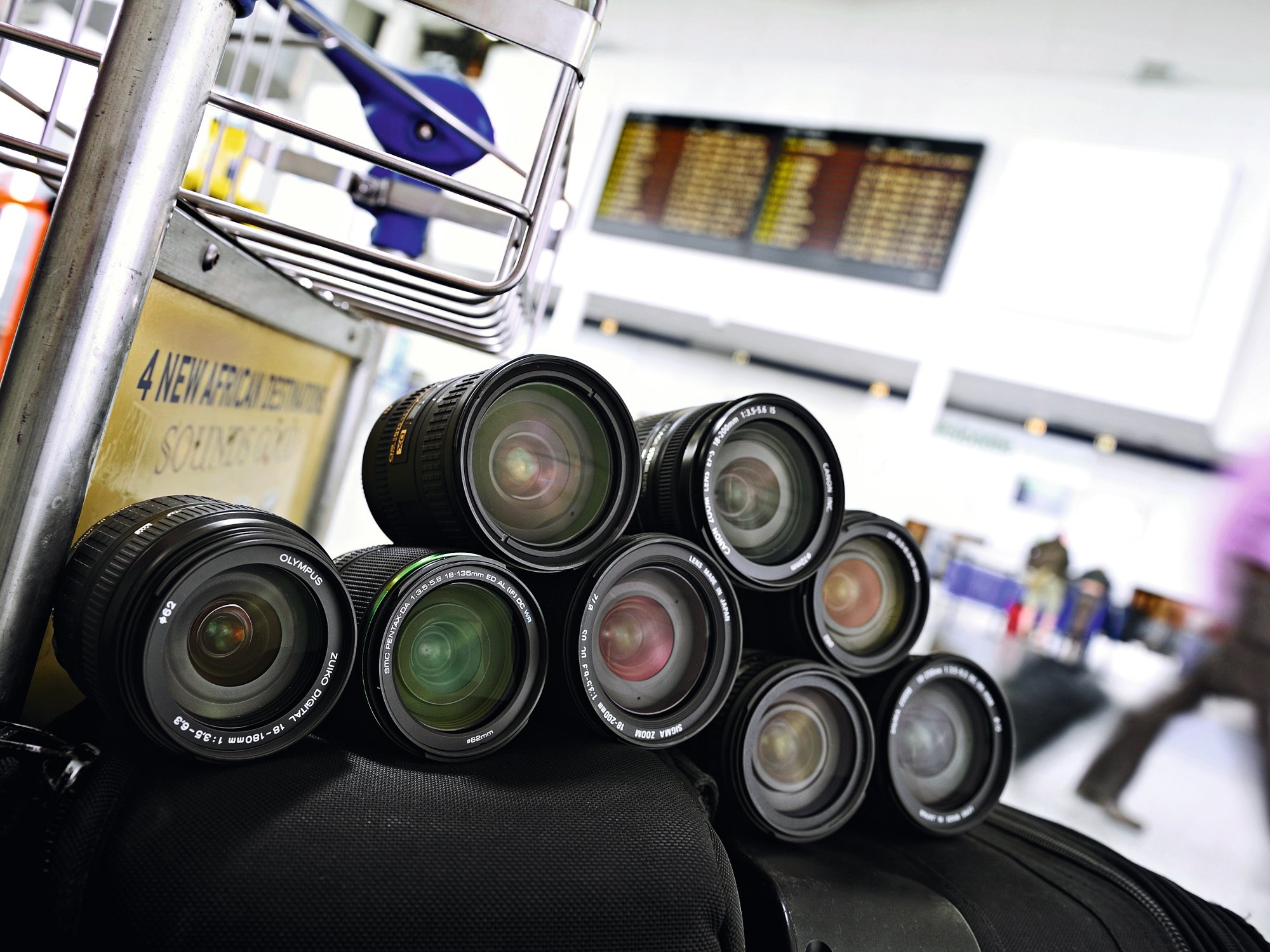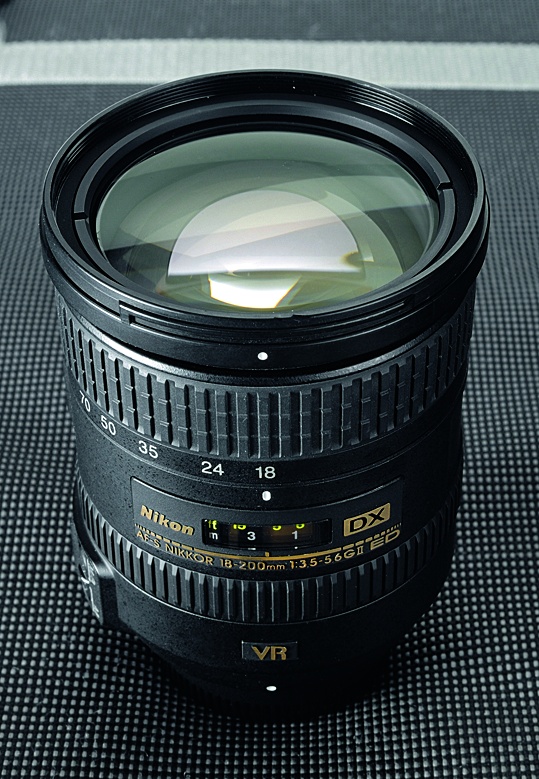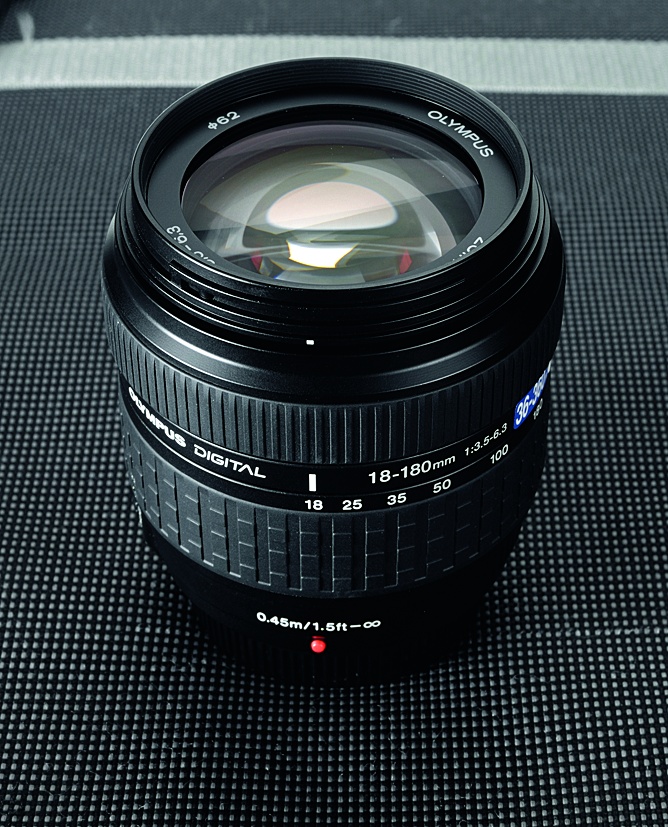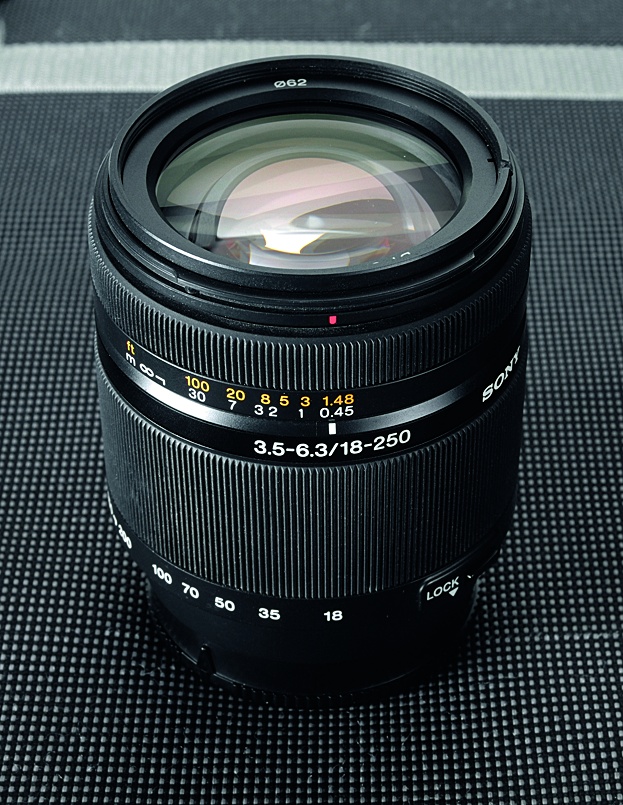Best travel lenses: 8 tested
Flexible and compact superzoom lenses ideal for travel tested

Pick up a Nikon 18-200mm lens and everything just feels right. It's a brilliant blend of compact, lightweight-yet-sturdy build, natural handling, and high-tech extras, most notable of which are the distance scale, neatly mounted beneath a viewing window, and a fast, ring-type ultrasonic autofocus complete with full-time manual override. Most importantly, the image quality is simply excellent for a superzoom lens.
For our money, it comes closer than anything else on the market to genuinely replacing a good quality standard zoom and telephoto zoom in a single, convenient lens.
In comparison to the Nikon lens, Canon's 18-200mm option is a bit poor, although it's much cheaper. The Olympus 18-180mm offers reasonable value, but the 2x focal length multiplier of the Four Thirds system means it loses out in wide-angle coverage.
At the other end of the scale, Pentax's new 18-135mm lacks telephoto reach. The Sony 18-250mm fares much better in terms of zoom range, but feels a little basic considering its high price. Of the two Sigma lenses, the 18-250mm is more refined, with its later-generation, better performing optical stabiliser and hypersonic autofocus.
However, even the upmarket Sigma has been outclassed by Tamron's 18-270mm PZD lens. This is available in Canon, Nikon and Sony mount options, although the Sony edition lacks Tamron's excellent vibration correction system.
At 450g the Tamron is far lighter than both Sigma lenses, with the 18-200mm weighing in at 610g and the 18-250mm at 630g. In fact, only the Sony and Pentax are lighter, making the Tamron lens an attractive choice to take on holiday.
However, overall we think the Nikon AF-S DX 18-200mm f/3.5-5.6G ED VR II is the best travel superzoom lens.
Best for Canon APS-C format users:
Tamron AF 18-270mm f/3.5-6.3 DI II VC PZD

What's good: Compact, with quiet autofocus.
What's bad: Could be a little sharper at the telephoto end, and colour fringing is noticeable.
Our verdict: good build and handling in a surprisingly small and lightweight package.
Best for Pentax users:
Pentax SMC DA 18-135mm f/3.5-5.6 ED AL [IF] DC WR
What's good: Brilliantly small and lightweight.
What's bad: modest focal range.
Our verdict: Considering the automatic correction of distortion and fringing in Pentax SLRs, it's a good buy.
Best for Nikon DX users:
NIkon AF-S DX 18-200mm f/3.5-5.6G ED VR II

What's good: Advanced silent Wave autofocus, great build quality and optics.
What's bad: Zoom range is a little modest.
Our verdict: for nikon owners, this is by far the best choice of superzoom.
Best for Olympus users:
Olympus 18-180mm 1:3.5-6.3

What's good: excellent edge-to-edge sharpness throughout most of the zoom range.
What's bad: Lack of wide-angle coverage.
Our verdict: overall optical quality lags behind most of the ZuIko dIgital range.
Best for Sony users:
Sony DT 18-250mm f/3.5-6.3

What's good: mighty zoom range and excellent sharpness at the centre of the frame.
What's bad: expensive, sharpness drops off.
Our verdict: the sony's not great value, but it's compact and image quality is impressive
----------------------------------------------------------------------------------------------------
Get daily insight, inspiration and deals in your inbox
Sign up for breaking news, reviews, opinion, top tech deals, and more.